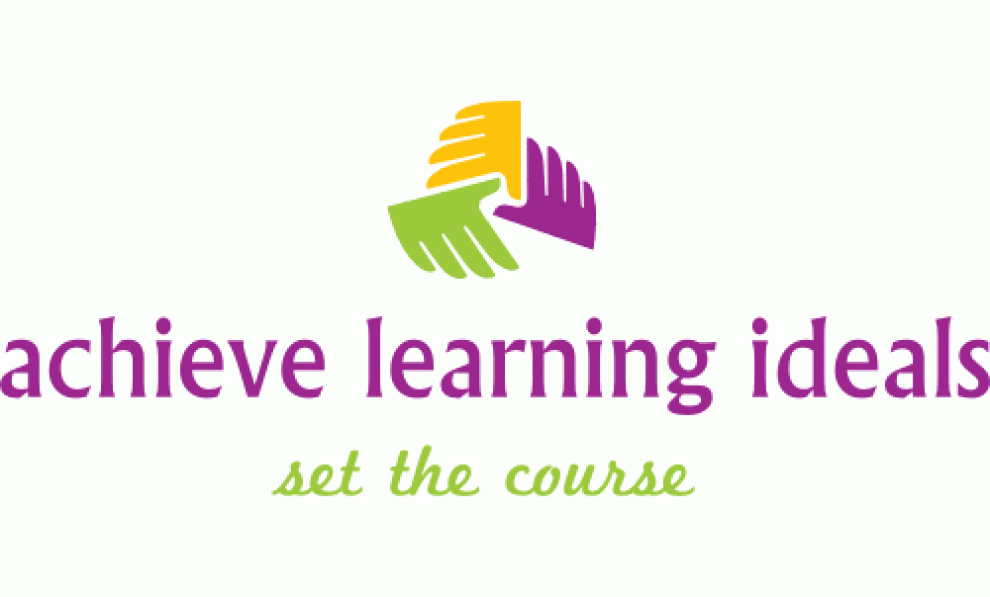“I don’t know”
Is there a teacher at any grade who hasn’t heard that comment at one point or another? And not in relation to a specific question/answer such as a Mathematical equation, but in relation to the more general questions which we as Educators ask: What type of books do you enjoy reading? What topic have you selected to research? Did you include a personal reflection at the end of the unit? Will you be ready to present next week?
What do you think…? is behind the questions, and such a question in itself is scary for many to answer. Lately I have been wondering why we make it so difficult for students to consider their own “meta-cognition” or personal responses and evaluations of their own understood if not spoken “gut reactions” to situations because as educators the entire “take back Education” movement is only partially resonating and if an Educator is unable to model expressing opinions beyond teaching to the test, and then sharing only a series of prescribed responses, the students are neither seeing nor hearing the multiple ways in which we as adults and as engaged members of society do wrestle with many ideas- the simple and the complex, from how to organize the environment (complex unless objects like desks and chairs are fixed, then each teacher may stamp a personality on the room) to what ought to occur when a bell goes (simple as this action has been practiced and is prescribed) and only if we begin to share more openly the doodles, notes in margins, rehearsed speeches and other actions each of us allows ourselves to express privately will that sense of their doing so become more than “come on class it is mind mapping time!”
Years ago I began teaching my youngest students to enjoy their wonderful smelling erasers and to use them for their best copies only- and to draw a line through any inaccurate word or number and to write the corrected response on the page that later in preparing for any test or quiz the students would see the areas where they had felt challenged and be able to see also the changes made. When I switched to higher grades I was stunned to discover how many students simply copied in the correct answers and didn’t take time to question why any changes might be suggested; Learning to Question WHY became a strong theme in middle school and often carried over to High School. But still, High School students could stare, startled, at the question, ” Did you enjoy the…?” as if enjoying any aspect of school, or learning or even attending an out of school event hadn’t been organized with the hope that students would not only participate but also communicate why such events -curricular or extra-curricular were of value. Yes, even as adults we really simply wish to be participatory and not always analyzing every detail however it is essential when we prepare programs, and these I have recently done also for fellow teachers, that we encourage those involved to suggest not only improvements but also what to keep.
And then it dawned on me how much more responsive individuals are when not worried about their placement within the “group,” and how much quicker to venture an opinion and to share insight. Somewhere between grade five and grade nine- those middle school formative years, students move from not worrying about sticking out as individuals to almost cloning themselves within many a school environment! And with all the current discussions about the culture of a school- its atmosphere and its opportunity for students to extend themselves we must then make time for all students to get some quiet time for reflection, and time to communicate directly and the only way we as Educators make this possible is through open and expected mini conferences and whole school collaborative activities.
Tests abound; we continue to prepare students for them whether we label them “common core” or any other title, but none of these formal tests come anywhere near the types of constant decision making all of our young adults are faced with deciding upon, sometimes hourly! And for these real decisions, there is only trial and error- and kids recognize that aspect of participation, and we as adults owe it to all of them to respect each and every choice without condemnation and with the understanding that being an “Educator” is supposed to instill; “supposed to” – for each of us is “human” and as capable of going for the wrong door as any television contestant who publicly demonstrates the mistake making that can happen. We must therefore recognize that the real value for some students when self challenging using a game like Minecraft is the safe aspect of where the trial and error will take them- only inside the game after all. But we must also recognize that school should not be the place that provokes negative; we need more than posters that speak out against bullying on the walls, we need active demonstrations of how students need to get along for the school itself to thrive and then we will be teaching the reflective stance when we encourage the students – all the students not only those who elected to be student representatives on council – to share in decision making- and to recognize when erasing a mistake is of value, and when placing the better solution on the table will actually provide results.
